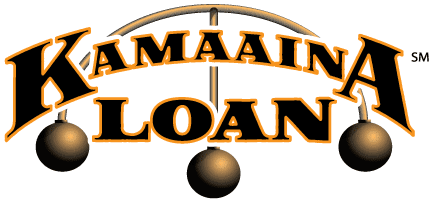Pawn 101: Buying fake gold
We try not to do that.
The other day, a customer we have known for a while brought in some Credit Suisse bars to sell.
Credit Suisse 1-ounce bars are, well, they’re the gold standard of gold. And at the New York price that day, they were worth about $1,600 a piece. But, as your mother told you, trust but verify.
We knew the seller, and the bars were sealed in CS packaging, they looked right.
But, for the same reason the liquor store cards graybeards, we checked.
The first bar passed the Fisch machine, but Fisch can be fooled by gold plate.
Then it passed the weight test. A 1-ounce bar should weigh 31.1 grams. It did.
Then came the acid test. Literally.
Gold is the only metal that stands up to concentrated nitric acid. This test requires scarring the bar, so first we got permission from the owner.
The first acid test indicated 22 karats. Uh, oh. A CS bar is .999 fine, so it should be 24k.
The last test required filing deep into the bar, past the gold plate, if that’s all it was. A drop of nitric acid in the cut started frothing, a bad sign. The metal inside was reacting.
Turning the cut onto a paper towel showed a green stain. No doubt about it. It was a fake.
We didn’t suspect the customer. He was probably a victim already of some unscrupulous con artist. (It would be unusual for the originator of a fake bar to come to us directly; especially if it is a very good fake, as this one was. It takes real skill to get the weight right, but gold-plated titanium can do even that.)
So little did we doubt him that we bought two other Swiss bars, called PARA Suisse, that did test OK, from him.
The lesson here: Don’t buy gold from people you trust. Buy from people you have a reason to trust.
Same with selling. Don’t just trust the person you sell it to. Have a reason to trust him.
